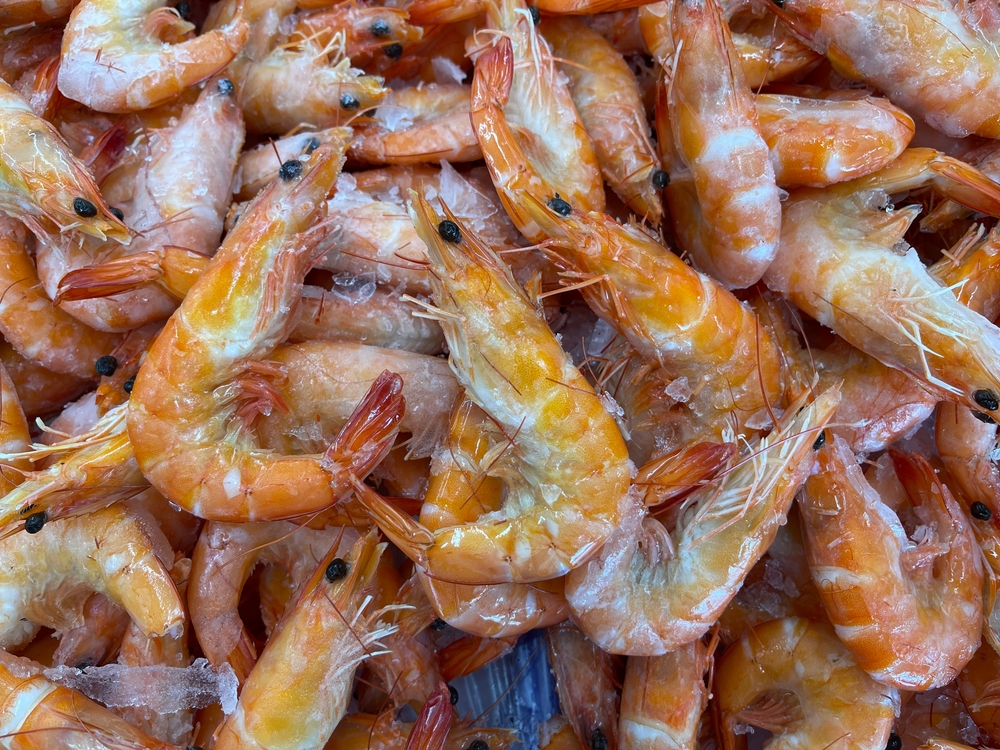Visual impact can make a strong statement about the quality that’s being presented. When farmed salmon and shrimp appear with a rich, pink pigment, the perception is that the shipment is healthy and rich in flavor and nutrients.
Once, the shrimp farming culture could ensure the quality of shrimp being produced. Today, bigger commercial shrimp farms with high stocking densities operate in an intensive or super-intensive system that can affect growth performance while increasing susceptibility to disease and stress due to modern farming intensity can lead to loss of color. Transportation and storage also affect pigmentation.
Benefits of Using Panaferd® for Shrimp
As reported by the Global Seafood Alliance, the conclusion is that Panaferd has had a visibly positive effect on color and sustainable shrimp health. The two most affected, and most farmed species – Litopenaeus Vannamei, or Whiteleg Shrimp, and Panaeus Monodon, or Black Tiger Prawns have shown significant results. Astaxanthin brings out the red hue in cooked shrimp while providing key nutrients to sustain health, and stress resistance, and improve overall well-being.
As an added benefit, being stronger and more potent than traditional vitamins C & E, Panaferd delivers better color pigmentation. Made via the fermentation of Paracoccus carotinifaciens, Panaferd offers the same carotenoids as found in nature without chemical antioxidants or GMOs. The high level of protein benefits fish and shrimp in overall health and growth.
In aquaculture, shrimp can process and metabolize beta carotene into astaxanthin, but the amount available in their modern environment and limited diet is not sufficient to improve their color. When Panaford is added, the proven antioxidant enhances immunity and improves color.
It Pays to Be Pink for Both Farmers and Consumers
Color is critically important to the supply chain with shrimp of a more desirable color commanding a premium price. As consumers become more educated and aware of the farming process, the demand will not only be for shrimp with a healthy color, but the assurance that the result was sustained with healthy farming practices.
Continuing to improve the quality with increased vitamins, supplementing feed with refined palm oil and the ability to meet nutritional needs will allow positive growth for shrimp farmers moving forward.



